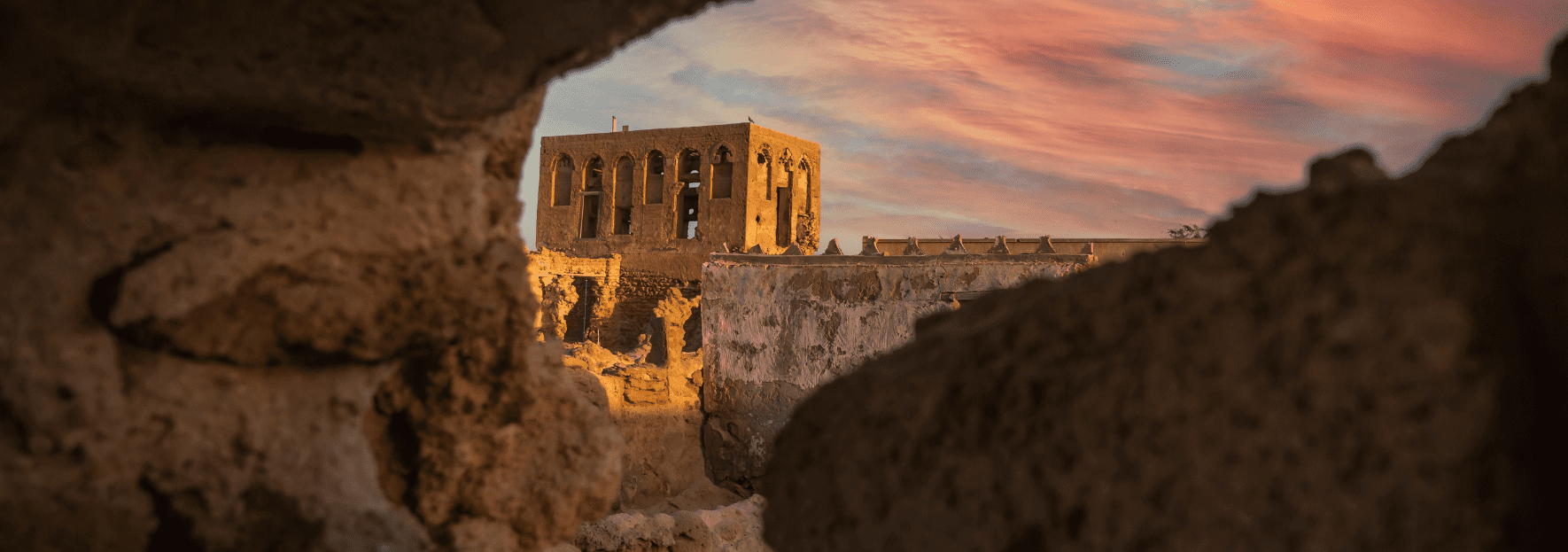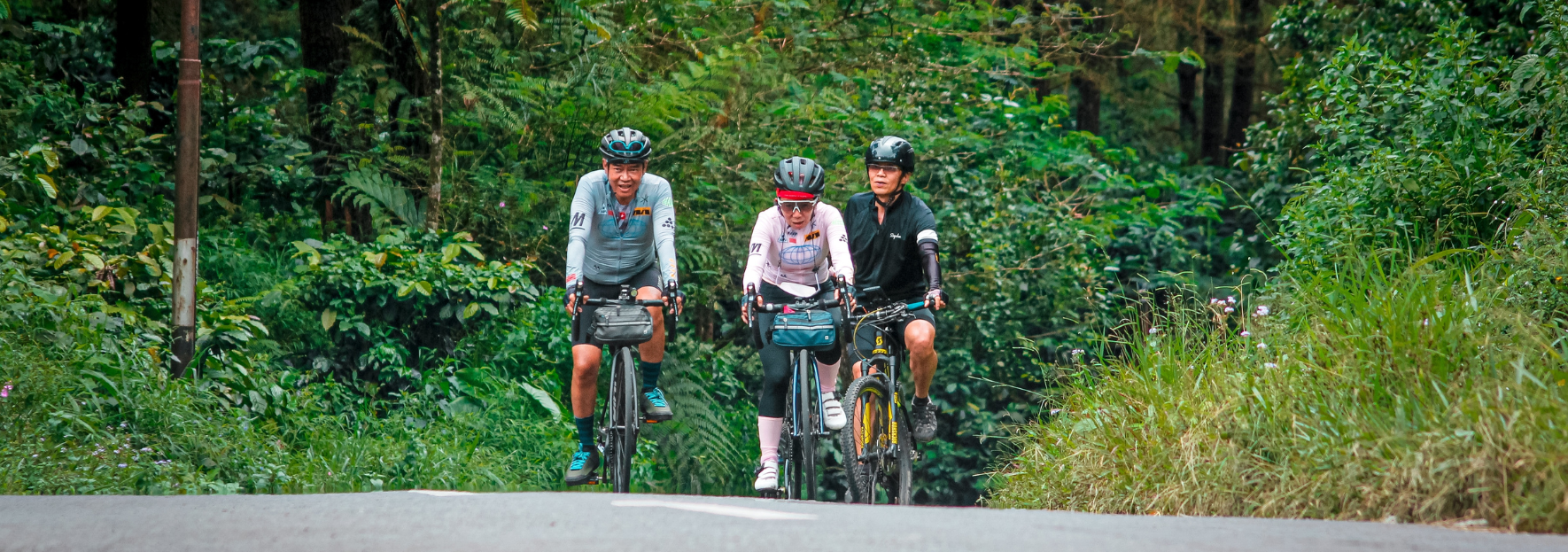KnE Open Top Picks for March 2025
On March 28, 2025
As the world evolves, the balance between progress and well-being becomes more critical than ever. This month, we explore studies that shed light on work-life balance, mental health in high-stress professions, advancements in medical treatments, and the preservation of cultural heritage. From healthcare innovations to sustainable infrastructure, these insights offer pathways to a healthier, more resilient future.

Can Healthcare Workers Achieve Work-Life Balance?
In today’s fast-paced world, striking a balance between work and personal life is more challenging than ever. Long hours, high expectations, and emotional strain can take a toll on employees across all industries, and healthcare workers are certainly no exception. The unpredictable nature of their job, coupled with life-or-death decisions and emotional exhaustion, makes maintaining well-being a difficult task. When global health crises emerge—such as the COVID-19 pandemic—the burden on healthcare professionals only grows heavier, exposing gaps in health infrastructure and intensifying stress levels.
This study explores the psychological toll of work-related stress on healthcare workers, highlighting the critical need for improved work-life balance and organizational support.

Are Ceramic Hip Replacements the Best Choice for Young Patients?
For those suffering from severe hip osteoarthritis, everyday activities like walking, bending, or even sitting can become painful and restrictive. Total hip arthroplasty (THA), commonly known as hip replacement surgery, has revolutionized treatment by significantly reducing pain and improving mobility. As life expectancy rises and medical advancements continue, more patients are opting for THA to restore their quality of life. However, not all hip replacements are the same, and factors like implant materials, surgical techniques, and patient characteristics can impact long-term success.
A recent study focuses on the effectiveness of ceramic-on-ceramic hip replacements in younger patients, a group that poses unique challenges due to their higher activity levels and longer life expectancy.

Can Modernisation and Cultural Heritage Coexist?
As cities expand and skylines transform, the challenge of preserving cultural heritage grows more urgent. Across the world, modernization often comes at the cost of historic sites, traditions, and cultural identity. Yet, there is a growing movement to not only protect heritage sites but to breathe new life into them, ensuring they remain relevant and meaningful to future generations. Rather than treating them as relics of the past, many communities are finding ways to integrate these spaces into contemporary life. One such example is the revitalization of Al Jazeera Al Hamra Heritage Village in Ras Al Khaimah, United Arab Emirates. Once an abandoned pearling town, the village is now at the center of a cultural revival that blends preservation with adaptive reuse.
This new study explores how government efforts and citizen engagement are shaping the site’s role in Emirati cultural memory.

Why Do Spinal Cord Injury Patients Face Different Outcomes Around the World?
Access to quality healthcare can mean the difference between recovery and lifelong disability, yet healthcare resources are not distributed equally across the globe. While patients in high-income countries often receive immediate surgical intervention for traumatic spinal cord injuries (TSCI), those in low- and middle-income countries (LMICs) face delays due to limited medical infrastructure, resources, and specialist availability. These delays can significantly impact recovery, leaving many patients with permanent disabilities that could have been mitigated with timely care.
A recent study examines this stark contrast by investigating neurological recovery in TSCI patients at the University Teaching Hospital in Lusaka, Zambia.

Can Increased Cycling Revolutionise Urban Living?
As cities around the world continue to evolve, there’s a growing shift toward creating livable, people-centric infrastructures that prioritise physical and mental well-being, as well as environmental sustainability. The bike boom, particularly in Indonesia during the COVID-19 pandemic, exemplifies this transformation. Cycling has become more than just a means of transportation, it’s now a movement toward healthier, more sustainable urban living. With benefits ranging from improved physical fitness to reduced stress and a cleaner environment, cycling has the potential to reshape how we experience our cities and our lives.
A new study delves into this booming trend in Indonesia, exploring the factors that contributed to the surge in cycling and its profound impacts on the environment, business, and urban design.